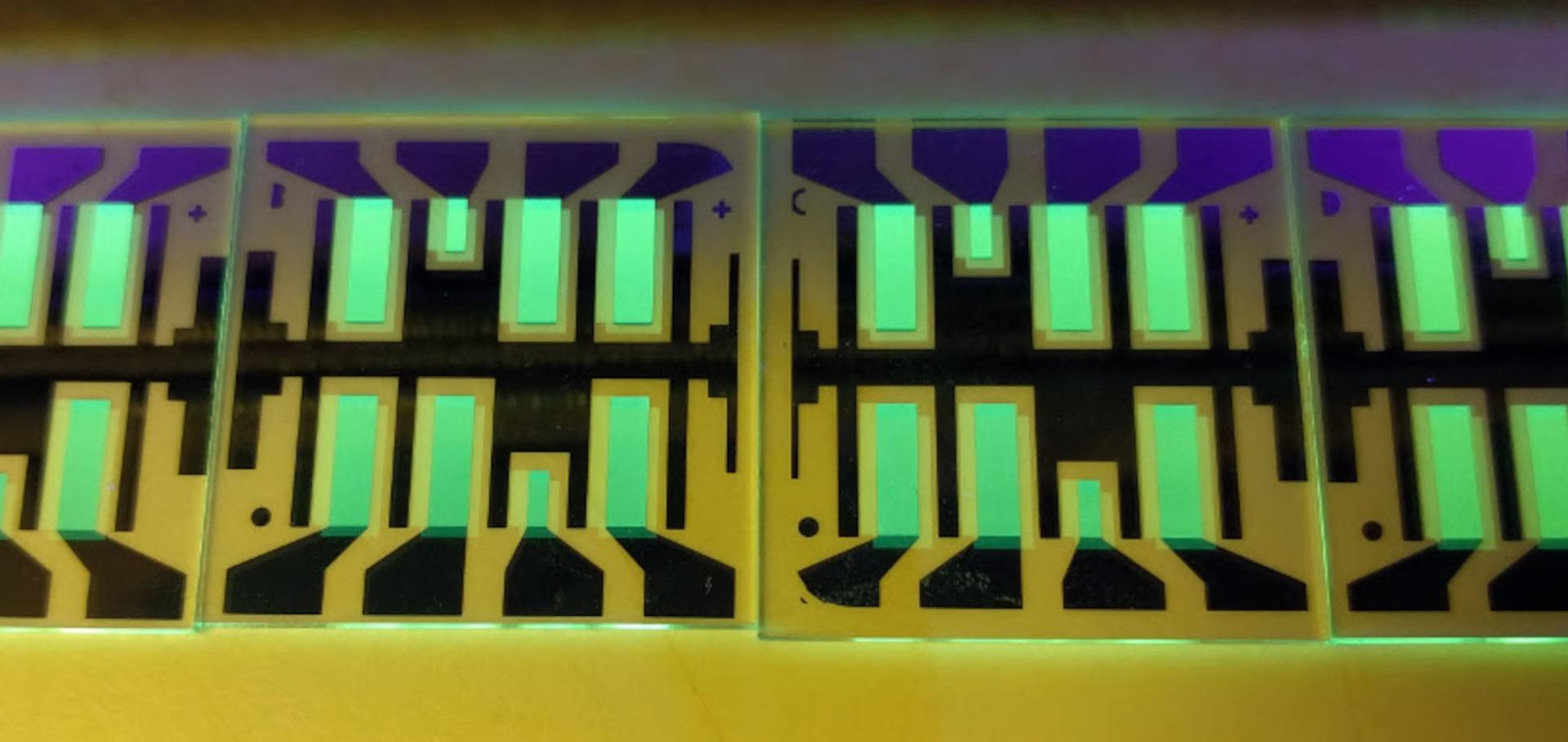EU COST Action MP1307 - Unravelling the degradation mechanisms of emerging solar cell technologies
MELECON 2016: 18th Mediterranean Electrotechnical Conference Institute of Electrical and Electronics Engineers (2016)
Abstract:
Organic and hybrid perovskite based solar cells have a huge potential to significantly contribute to a clean electricity supply of the future. However, so far they exhibit complex and hierarchical degradation paths and their understanding can only be acquired through the application of complementary chemical and physical characterization techniques. This limited device stability is the main hurdle for a successful and large scale market introduction of these emerging solar cell technologies. Our StableNextSol Action has created a highly interdisciplinary network of laboratories, as well as corresponding industry, overall more than 120 partners, with complementary analytical techniques for the study and understanding of the degradation mechanisms occurring in state-of-the-art devices. Our Action integrates and generates fundamental knowledge and expertise to foster disruptive innovations targeted to mitigate device failure and to propose and develop new concepts for more stable solar cells. Value is added to the entire value chain of photovoltaic research at European and international level, as well as variety decision makers in the public sector by supporting specialisation policy and standards still lacking in this research field. The outcome of the Action will contribute to resolve the global challenges facing the industry and this COST Action initiative has brought together all these expertises and resources to promote the cooperation between different sectors, academia, public authorities and industry.Plenary session 1: Engineering leadership & cognitive computing
Melecon 2010 - 2010 15th IEEE Mediterranean Electrotechnical Conference Institute of Electrical and Electronics Engineers (IEEE) (2016) 13-23
Reply to 'Tandem organic solar cells revisited'
NATURE PHOTONICS 10:6 (2016) 355-355
Influence of Meso and Nanoscale Structure on the Properties of Highly Efficient Small Molecule Solar Cells
Advanced Energy Materials Wiley 6:4 (2016)
Structured organic–inorganic perovskite toward a distributed feedback laser
Advanced Materials Wiley 28:5 (2015) 923-929


